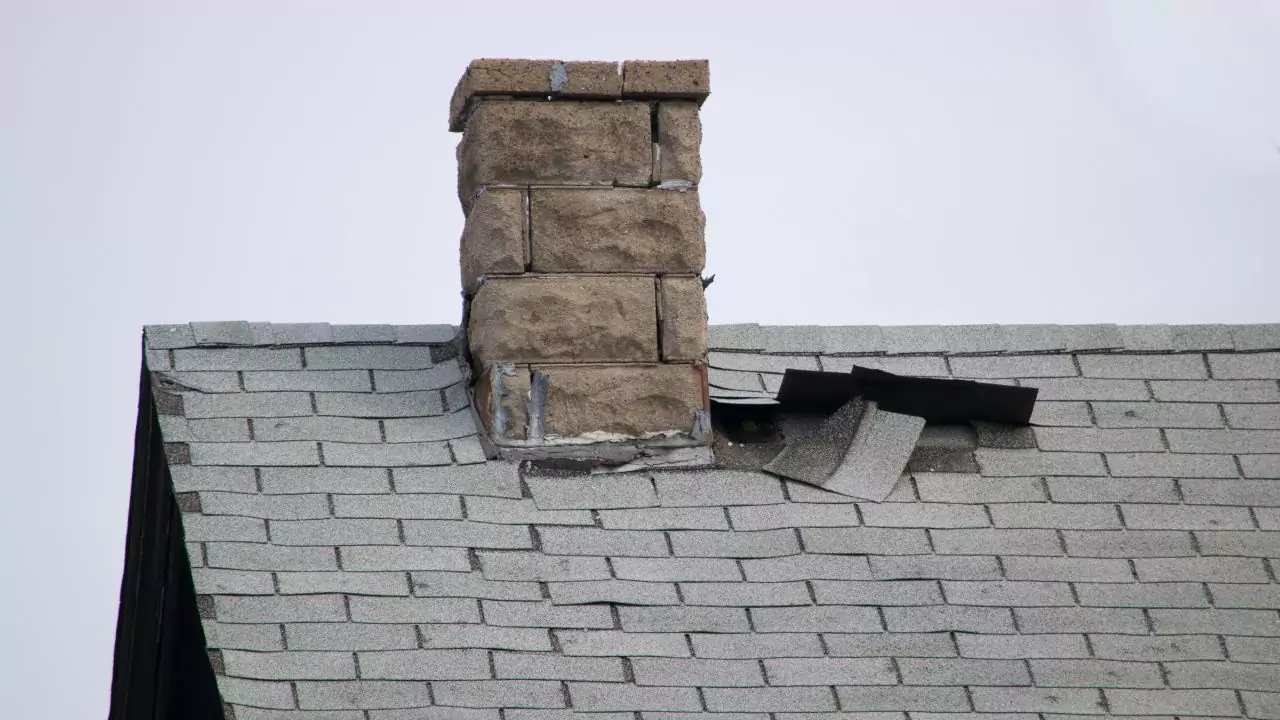Most homeowners insurance policies will cover a new roof if the damage is caused by an act of nature or sudden accidental event, and the roof is less than 20 years old.
Insurance companies usually won’t cover a roof that’s over 20 years old because older roofs are more likely to be damaged in a storm and are due for replacement.
Some companies may add a condition to your policy, stating that your roof will only be covered for its actual cash value.
How Does Your Insurance Policy Affect Coverage for a New Roof?
Actual Cash Value policy
An Actual Cash Value (ACV) policy covers the depreciated value of your roof at the time of the damage. This means the insurance company will pay the cost of replacing the roof minus deductions for its age and condition. In most cases, an ACV policy may not fully cover the cost of a new roof, leaving you to pay out-of-pocket for the remaining expense.
Replacement Cost Value policy
A Replacement Cost Value (RCV) policy provides coverage for the full cost of repairing or replacing the damaged roof with materials of similar kind and quality, without deducting for depreciation. This type of policy is more likely to cover the entire cost of a new roof if the damage is covered by the policy.
Factors That Can Affect Coverage for a New Roof
Age of Roof
Insurance companies typically set a limit on the age of the roof they will cover for full replacement. If your roof exceeds the age limit, which is usually between 10 to 20 years, depending on the policy, the insurance company may prorate the coverage based on the roof’s age and condition.
Type of Damage
The type of damage sustained by the roof plays a crucial role in determining coverage. Most policies cover damage caused by severe weather events, such as hail, wind, or falling trees. However, damage resulting from normal wear and tear or lack of maintenance may not be covered.
Disqualifications from Coverage
Insurance policies often have exclusions that disqualify certain types of damage from coverage. For example, damage caused by negligence, improper installation, or pre-existing conditions may not be covered.
How to Get Insurance to Pay for a New Roof
Make Temporary Repairs and Get an Estimate
If your roof sustains damage, it is essential to make temporary repairs to prevent further damage. This demonstrates to the insurance company that you took reasonable steps to mitigate the loss. Additionally, obtain a written estimate from a reputable roofing contractor for the cost of a full roof replacement.
Review Your Insurance Policy
Carefully review your homeowner’s insurance policy to understand the coverage limits, deductibles, and exclusions specific to roof damage and replacement. This will help you understand what the insurance company is likely to cover and what you may be responsible for paying out-of-pocket.
File a Claim and Meet With the Adjuster
Promptly initiate a claim with your insurance carrier upon the occurrence of the harm. An adjuster will be assigned to inspect the roof and assess the extent of the damage. Provide them with any documentation, such as the contractor’s estimate and photos of the damage.
Receive Settlement and Fix the Roof
If the insurance company approves your claim, they will provide a settlement amount based on the policy’s coverage and the adjuster’s assessment. You can then use the settlement funds to hire a reputable roofing contractor to replace the roof.





